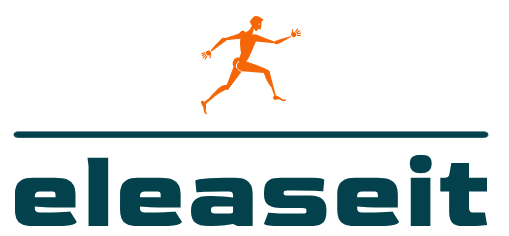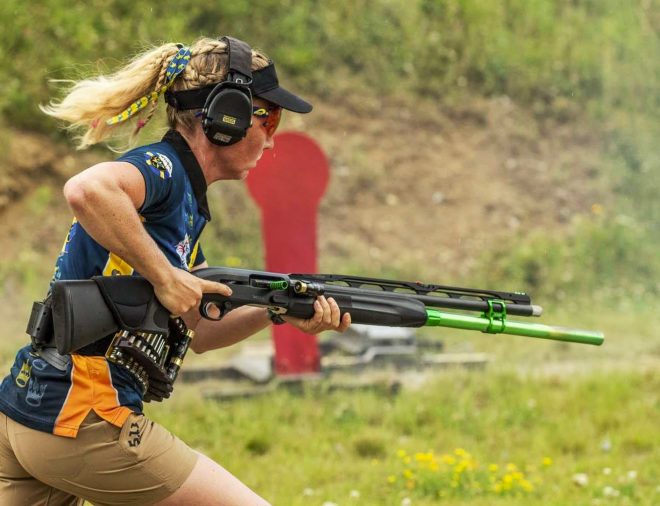
Precision in Flight: Mastering Equestrian Jumping Techniques
Equestrian jumping is a thrilling and challenging discipline that demands precision, skill, and a strong partnership between rider and horse. To excel in this dynamic sport, mastering Equestrian Jumping Techniques is essential. Explore the key elements that contribute to a successful jumping performance.
Understanding the Basics: Foundation for Success
At the core of Equestrian Jumping Techniques lies a solid understanding of the basics. Riders must grasp fundamental concepts such as pace, rhythm, and balance. Achieving a harmonious partnership with the horse sets the foundation for navigating jumping courses with grace and accuracy.
Approaching the Jump: Establishing the Right Stride
Approaching a jump requires careful consideration of stride length and timing. Riders aim to establish the right stride for the type of jump they are facing. This involves maintaining a consistent rhythm and adjusting the horse’s stride to ensure a powerful takeoff, setting the stage for a successful jump.
Perfecting the Takeoff: Power and Precision
The takeoff phase is critical in Equestrian Jumping Techniques. Horses generate power from their hindquarters to lift off the ground. Riders play a key role in supporting the horse’s takeoff by maintaining a balanced position, allowing the horse to use its body effectively and achieve a clean and precise jump.
In the Air: Rider’s Position and Control
As the horse sails through the air, the rider’s position becomes crucial. Maintaining a correct jumping position involves folding at the hips and knees while keeping a secure lower leg. Effective use of the rider’s aids—seat, legs, and hands—ensures control and guidance during the jump, contributing to a smooth flight.
Landing with Grace: Balancing the Descent
A successful jump is not complete without a graceful landing. Equestrian Jumping Techniques emphasize the importance of balancing the descent to ensure a smooth and controlled return to the ground. Riders absorb the impact by maintaining a supple position and immediately preparing for the next phase of the course.
Course Strategy: Planning and Adaptability
Mastering Equestrian Jumping Techniques goes beyond individual jumps; it involves strategic planning for the entire course. Riders analyze the course layout, identifying potential challenges and planning their approach. Adaptability is key, as riders must make quick decisions based on the horse’s performance and unexpected course variables.
Training Exercises: Building Confidence and Skill
To hone Equestrian Jumping Techniques, riders incorporate specific training exercises. Grid work, gymnastics, and related exercises help horses develop strength, agility, and confidence in jumping. These exercises also allow riders to fine-tune their position, refine aids, and address specific challenges.
Variety in Jumping Styles: Dressage to Show Jumping
Equestrian Jumping Techniques extend across various styles, from dressage to show jumping. Dressage involves precise and controlled jumps, emphasizing the horse’s obedience and responsiveness. Show jumping, on the other hand, focuses on speed and accuracy, navigating a course of colorful obstacles within a set time.
Building Trust: The Foundation of Partnership
Beyond technique, Equestrian Jumping Techniques hinge on the trust between rider and horse. Building a strong partnership through consistent training, clear communication, and understanding enhances the horse’s willingness to perform, creating a solid foundation for successful jumps.
Explore Mastery in Equestrian Jumping Techniques at Eleaseit.com
To delve deeper into the world of Equestrian Jumping Techniques and discover resources for enhancing your skills, visit Eleaseit.com. Whether you’re a novice rider aspiring to clear your first jump or an experienced competitor seeking refinement, this platform offers insights and tools to elevate your jumping mastery in the equestrian arena.




